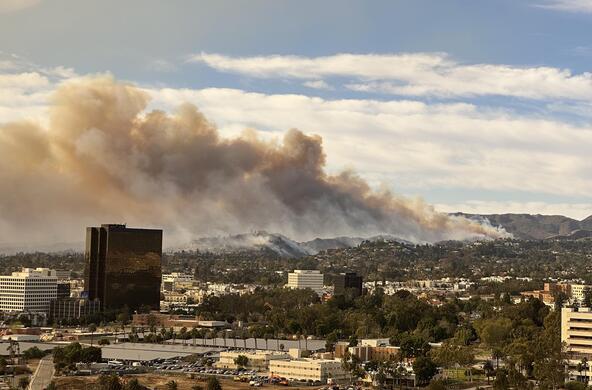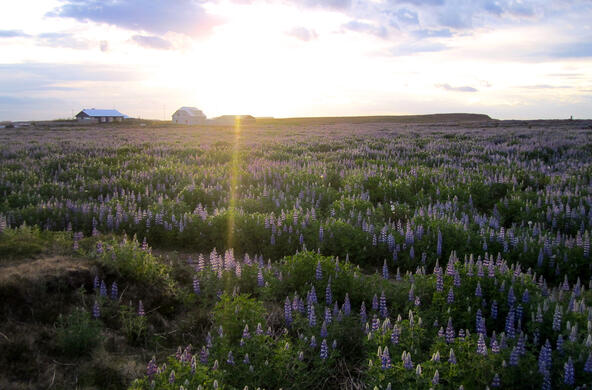You must realize, smoke gets in your eyes
Otto Harbach, 1933
One of the flip-sides of global warming is the increasing likelihood of widespread drought. The effects of drought on crops are well known, but drought is also likely to take its toll on forests. Drought develops when evaporation and plant use of water—known as transpiration—remove water from the soil and return it to the atmosphere as water vapor. Warmer air can hold more water vapor, so the rate of evapotranspiration increases with temperature. A warmer, drier atmosphere is likely to increase forest fires, even in the Amazon rainforest.
Firefighters will tell you that fire needs three things: oxygen, fuel, and an ignition source. There is plenty of oxygen; the Earth’s atmosphere contains about 21% oxygen, which is not likely to be depleted anytime soon. (See: https://blogs.nicholas.duke.edu/citizenscientist/oxygen-in-the-atmosphe… ). Dry forests, particularly those that have been long unmanaged are an excellent source of fuel. Much of the deforestation in the Amazon is accompanied by fires that are used to clear the debris. A lot of fires begin with arson, and occasionally from inadvertent human activities, such as poorly maintained power lines. And various scenarios of global change also indicate a greater frequency of lightning in future years.
Periodic fires are a natural part of the landscape, but the incidence of forest fire is likely to increase in a warmer, drier world. Whenever they occur, massive wild fires wreak havoc. Human lives and structures are lost, streamwaters are polluted, and increasingly we notice greater air pollution by fine particles in downwind areas. During last summer’s forest fires in California, we saw images of pedestrians in San Francisco donning face masks to screen their breathing. This year’s fires are filling the air of Sao Paulo, Brazil with fine particles of smoke. Globally, 77 million tons of fine particles are emitted from forest fires each year.
Fine particles in the atmosphere.—those with a diameter less than 2.5 microns or PM2.5—are directly related to air pollution mortality. While the concentration of fine particles has declined in the U.S. during the past few decades, the projected increases in fine particle emission from forest fires are likely to negate these improvements in air quality, potentially doubling the number of premature deaths due to air pollution during this century.
The link between climate change and forest fires is not immediately obvious, but potentially more significant to your health than a single warmer day.
References
Andreae, M.O. 2019. Emissions of trace gases and aerosols from biomass burning—an updated assessment. Atmospheric Chemistry and Physics 19: 8523-8546.
Ford, B., et al. 2018. Future fire impacts on smoke concentrations, visibility, and health in the contiguous United States. GeoHealth doi: 10.1029/2018GH000144
Gatti, L.V., et al. 2014. Drought sensitivity of Amazonian carbon balance revealed by atmospheric measurements. Nature 506: doi: 10.1038/nature12957
Li, Xiangdong, L. Jin, and H. Kan. 2019. Air pollution: a global problem needs local fixes. Nature 570: 437-439
Rind, D., et al. 1990. Potential evapotranspiration and the likelihood of future drought. Journal of Geophysical Research – Atmospheres 95: 9983-10004.
Romps, D.M., et al. 2018. Projected increases in lightning strikes in the United States due to global warming. Science 346: 851-854.
Schlesinger, W.H., et al. 2015. Forest biogeochemistry in response to drought. Global Change Biology, DOI: 10.1111/gcb.13105







